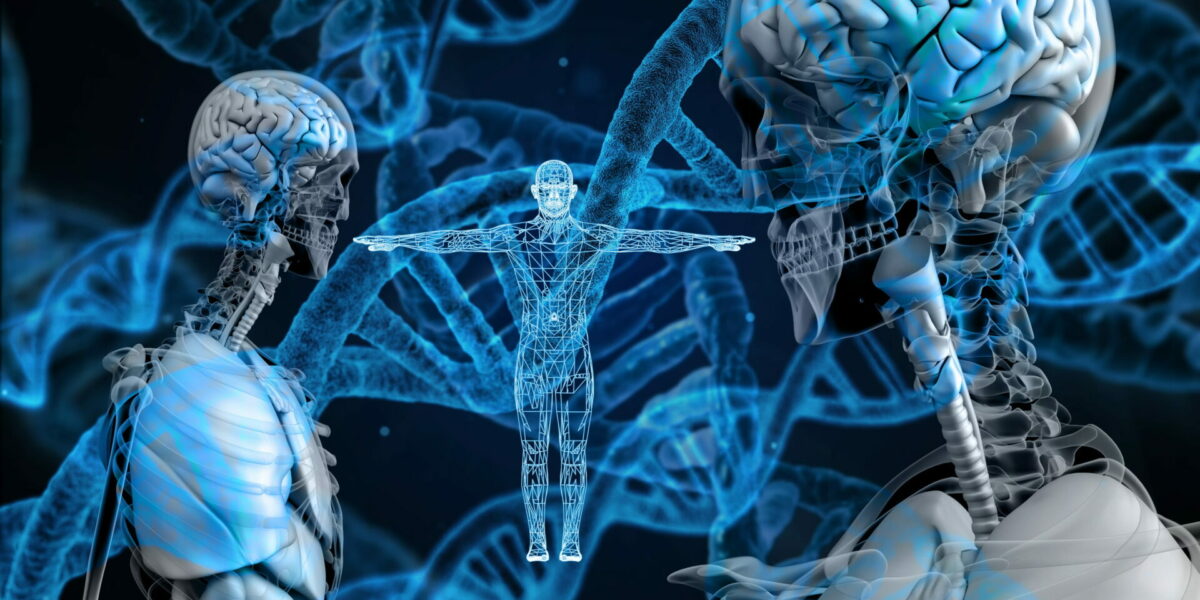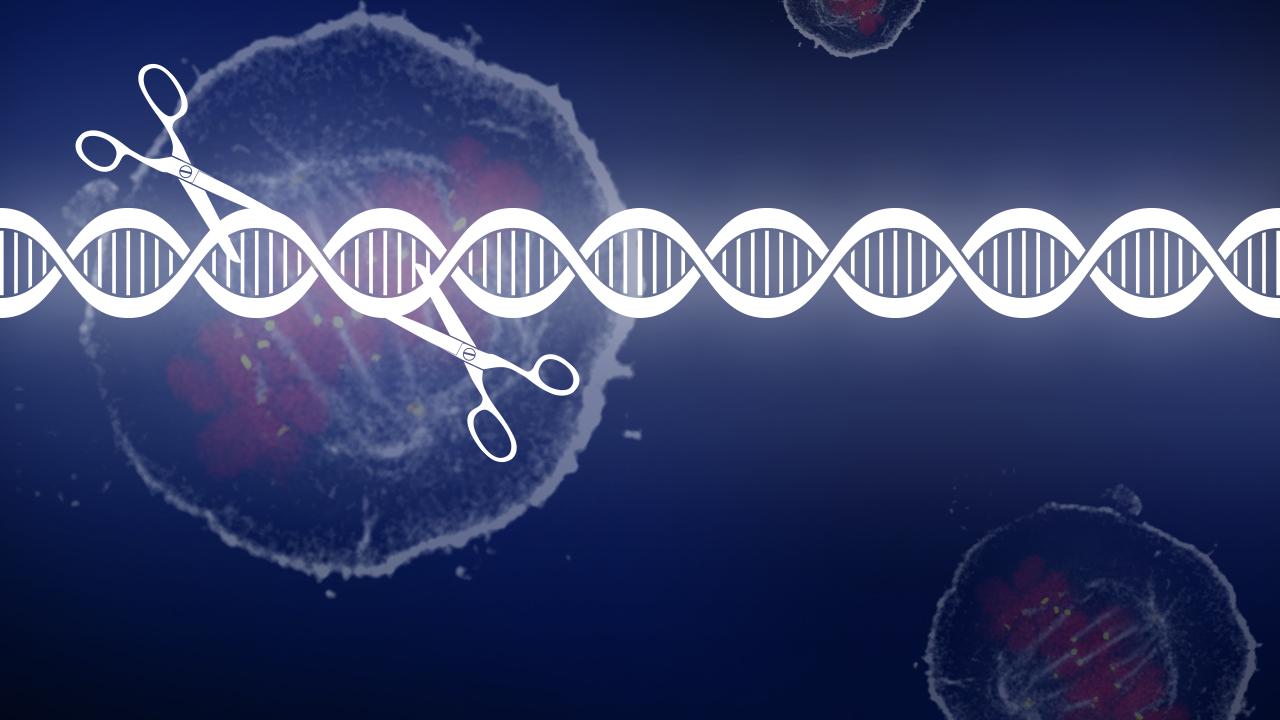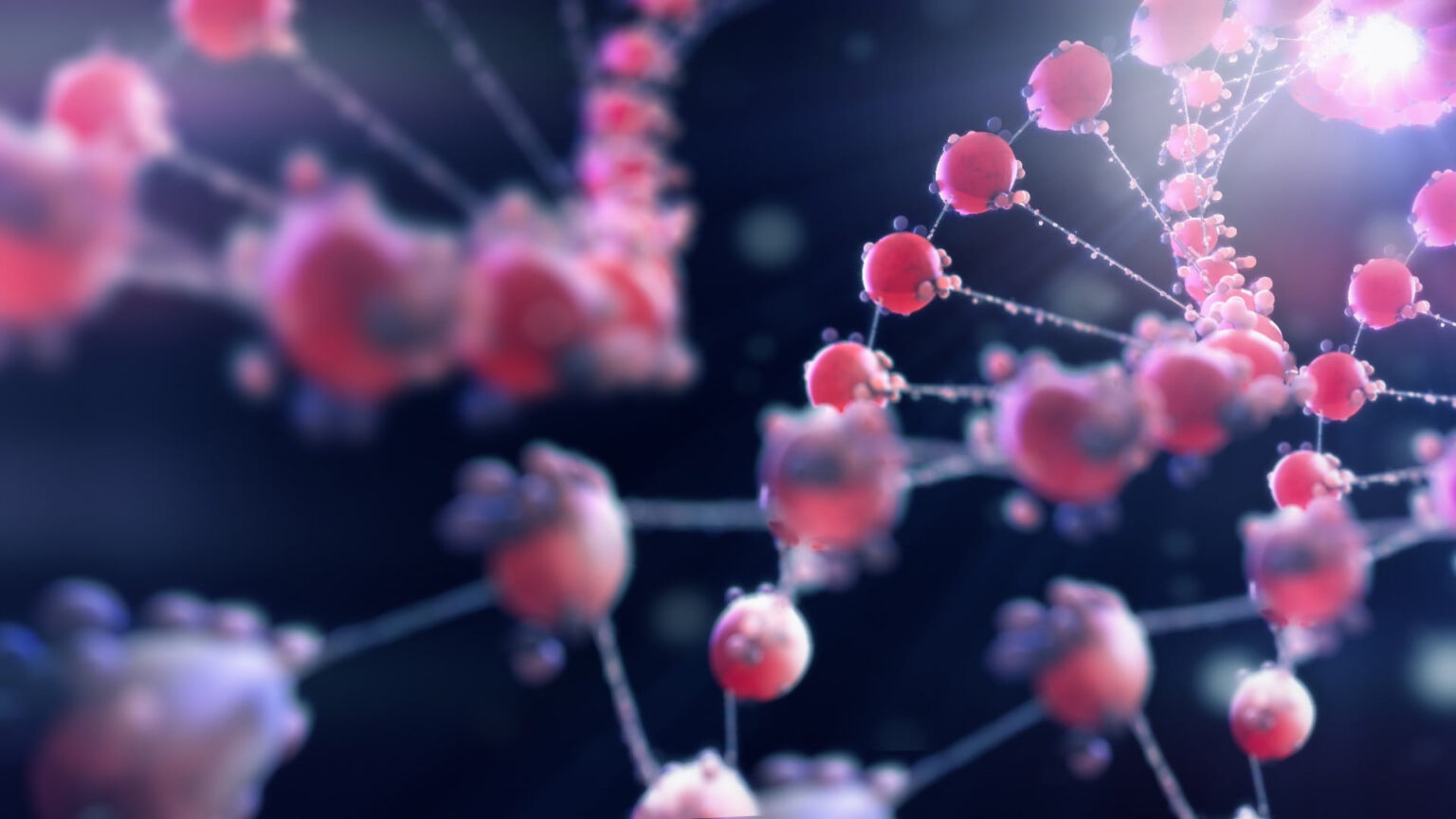Scientists are now capable of distinguishing the DNA of different individuals simply by comparing varied samples from diverse or multiple locations.
Your very presence on Earth has given scientists access to your DNA. According to Technology Alert, forensic technology has developed to the point where experts can gather DNA data from random samples of an environment almost as accurately as they could if they had taken a sample straight from the person.
Implications of the advancement
It’s quite frightful to consider that anyone with access to cutting-edge forensic equipment has gained access to your special chemical code. They can do this by obtaining samples of the air, water, or soil and obtaining bits of human DNA that were previously present there. Skin flakes, hair follicles, spit droplets, and eyelashes provide the data that has come to rest nearby, each of which may become a public record revealing the background of the individual who dropped them.

On the one hand, this kind of technology might be quite helpful, particularly for forensic scientists who work in the criminal justice system. But it also raises concerns about permission for innocent people who might not want their genetic data accessible for analysis. David Duffy, a zoologist at the University of Florida, believes that it’s crucial to voice concerns about DNA access via new environmental technologies as soon as possible so that society can quickly create regulations surrounding the technology before it becomes generally available.
Long term use case
Numerous applications exist for this innovative technology. Our globe is covered in plant and animal cells, and scientists may more rapidly, more effectively, and more affordably compile an ecological list of all the creatures in a region by gathering samples and amplifying the smallest fragments of environmental DNA (eDNA). This can give scientists an accurate DNA picture for people who merely passed through the areas before testing took place, help them uncover long-lost genetic codes from extinct creatures, and help determine whether animals that are largely dismissed as myths, like Nessie in Loch Ness, are actually real. 

Adding on to that, there is also an ongoing quest to revive the wooly mammoth by 2027, which explains in itself the countless possibilities that DNA sampling and research enable us to open up. A regulated approach is all we need.
Looking forward
There are advantages and disadvantages to being able to reliably obtain human DNA from environmental samples, according to Duffy. This might result in advances in population genetics knowledge as well as in epidemiology and illness prevention. The fact that the sequences are available to the public, however, means that anyone would have access to a person’s genetic information.
The new DNA technology also makes it difficult to determine where to draw the line between legitimate scientific progress and commercial exploitation. One clear benefit of this technology is that it can make it simpler for detectives to solve crimes. However, this has a double-edged effect since, as law expert Natalie Ram from the University of Maryland cautions, it may put us at risk of being “under perpetual genetic surveillance.”

If one eyelash or spit drop landed in the wrong spot at the wrong moment as this technology develops, the general population may discover that small amounts of their DNA are being saved in crime scene databases, which is a highly sensitive aspect that needs consideration thoroughly.
As environmental DNA research advances, more concerns about the moral and legal issues surrounding genetic rights—such as who should have the final say over our personal genetic codes—start to surface.













